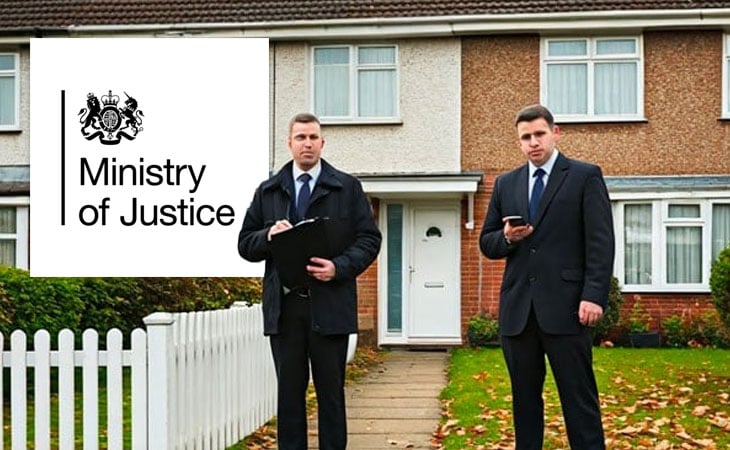COURTS: Buy-to-let repossessions up, but landlord mortgage arrears fall
New figures from the Ministry of Justice show buy-to-let repossessions were up in Q3, and for homeowners the increase was a huge 40%.

Landlord repossessions jumped 9% in Q3 this year, new figures reveal, although buy-to-let mortgage arrears have dropped over the same period.
Data released by the Ministry of Justice shows repossession of investor-owned properties by lenders increased from 7,036 to 7,641.
But, at the same time there were decreases in landlord possession claims from 25,402 to 23,327 (8%), orders from 19,238 to 18,283 (5%) and warrants from 11,826 to 11,405 (4%) when compared to the same quarter in 2024.
“The rise in landlord repossessions was seen across all types of landlord claims alongside falls in landlord orders and warrants,” the Government says.
40% leap
Meanwhile, buy-to-let mortgage arrears of 2.5 per cent or more of the outstanding balance fell 8% to 10,420, according to banking trade body UK Finance.
For homeowner mortgages, repossessions by county court bailiffs leapt 40% from 876 to 1,228, the government statistics show, with increases in orders from 4,031 to 4,840 (20%) and warrants from 3,159 to 3,876 (23%). But there were decreases in possession claims from 6,527 to 6,193 (5%).
Industry reaction

Mary-Lou Press, President of NAEA Propertymark, says: “Falls in both homeowner and buy-to-let mortgage arrears are a welcome sign that stability is returning to the housing market after a challenging period for many borrowers.
“It’s particularly encouraging to see that arrears remain well below long-term averages, reflecting the effectiveness of lender support and the resilience of households.”

David Miller, Divisional Director at Spicerhaart Corporate Sales, says: “Against the current backdrop, we should be really encouraged to see yet another fall in arrears cases across both residential and BTL.
“There’s no question though that lenders will need to keep that laser focus on arrears and good forbearance moving forward, particularly as unemployment jumps to its highest level since 2020.”






